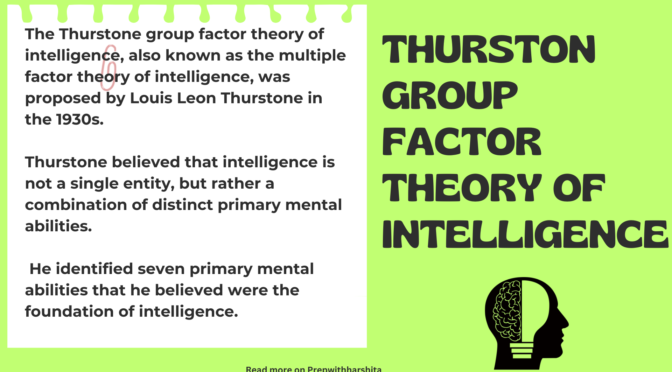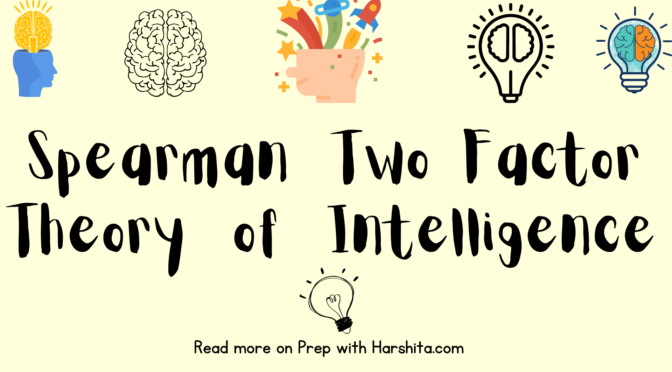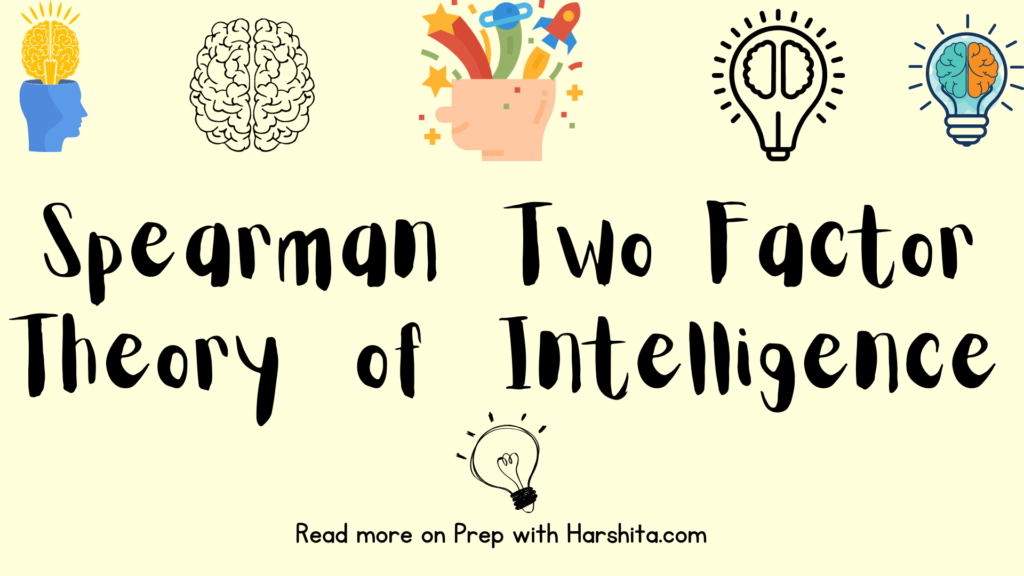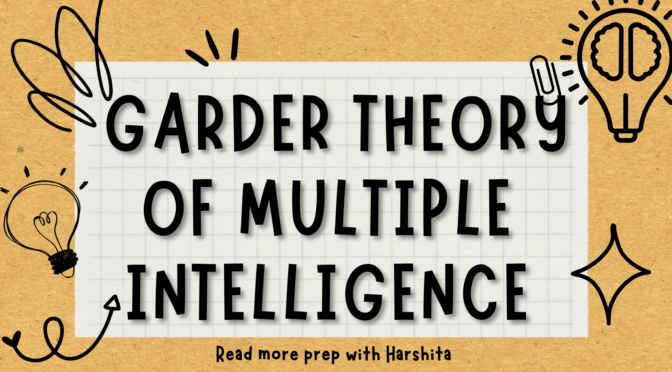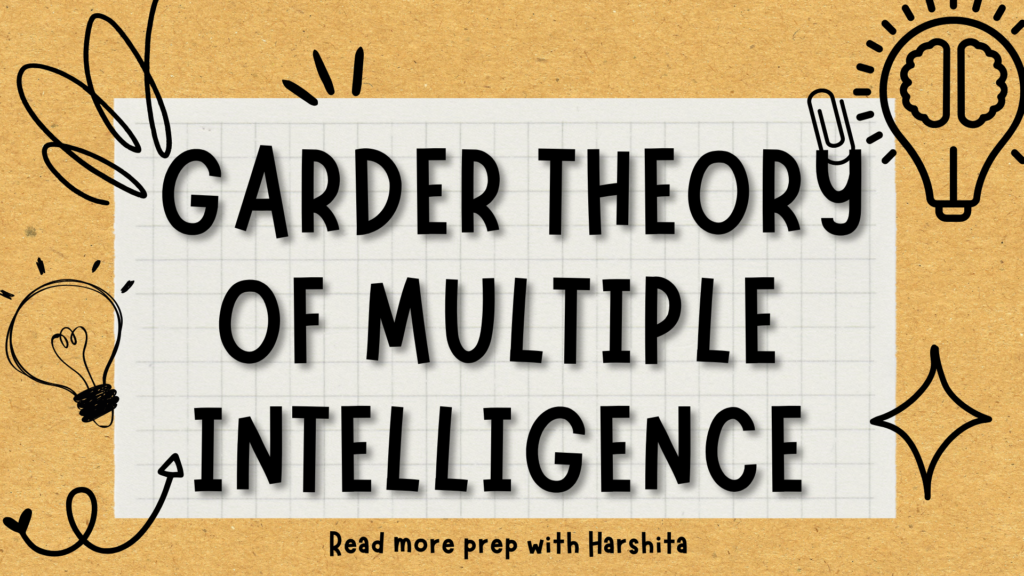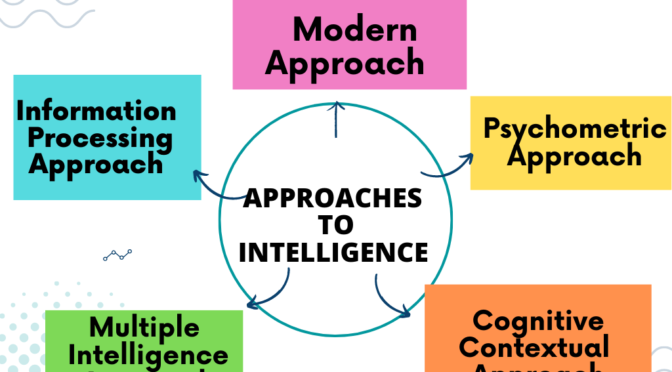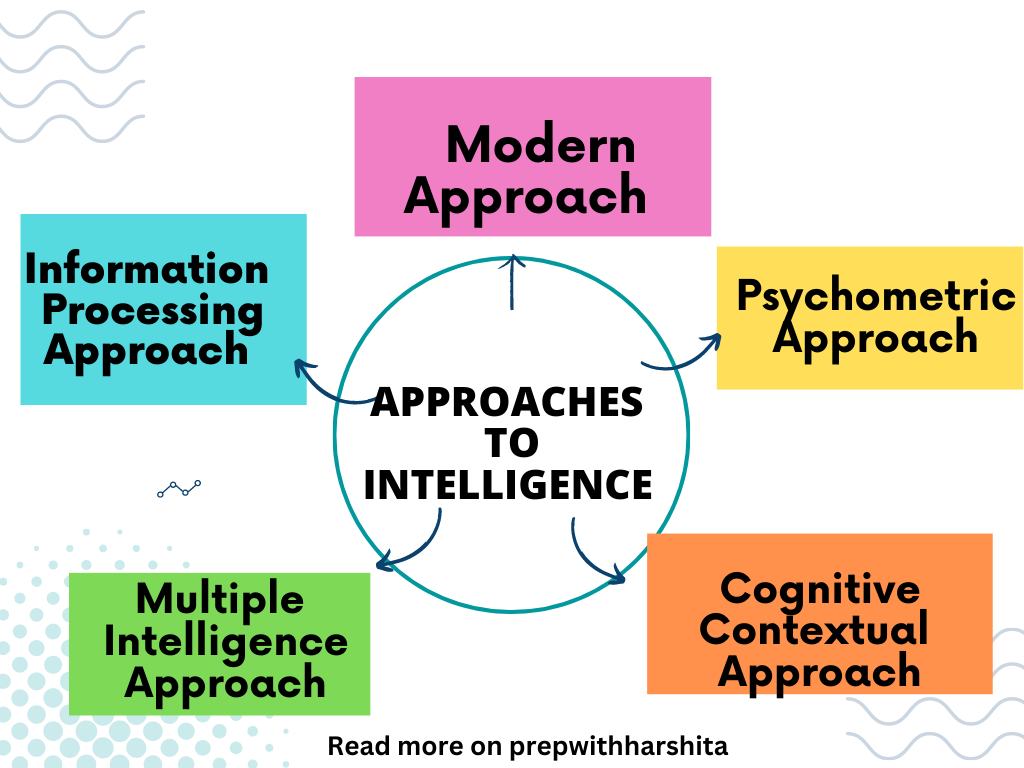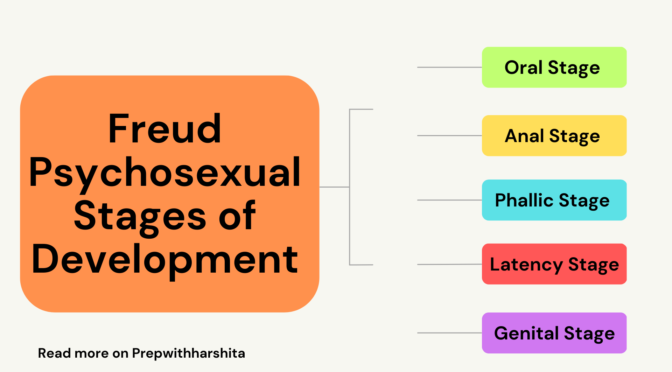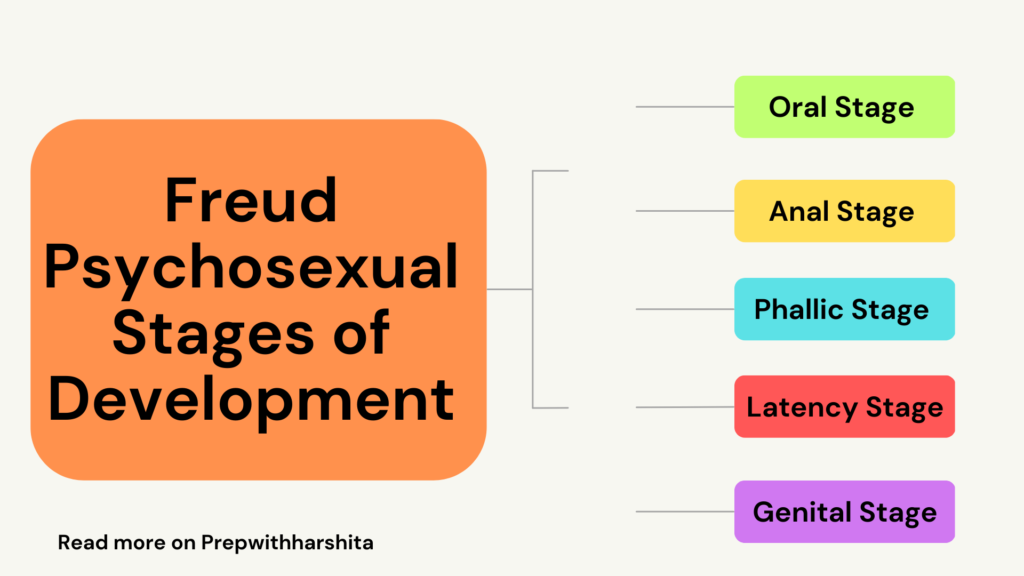The Thurstone group factor theory of intelligence, also known as the multiple factor theory of intelligence, was proposed by Louis Leon Thurstone in the 1930s. Thurstone believed that intelligence is not a single entity, but rather a combination of distinct primary mental abilities. He identified seven primary mental abilities that he believed were the foundation of intelligence, each of which contributed to an individual’s overall cognitive ability in different ways.
The seven primary mental abilities proposed by Thurstone are:
- Verbal comprehension: The ability to understand and use language effectively, including knowledge of vocabulary, grammar, syntax, and the ability to understand complex ideas and arguments expressed in written and spoken language.
- Numerical ability: The ability to work with numbers and solve mathematical problems, including numerical reasoning, basic arithmetic, algebra, geometry, and statistics.
- Spatial ability: The ability to think and reason about objects in three-dimensional space, including the ability to mentally manipulate objects and to visualize spatial relationships.
- Perceptual speed: The ability to quickly and accurately perceive and identify visual stimuli, including the ability to recognize patterns, discriminate between similar objects, and detect changes in visual stimuli.
- Inductive reasoning: The ability to identify patterns and relationships in information and make generalizations based on that information.
- Memory: The ability to store and retrieve information, including short-term memory, long-term memory, and working memory.
- Word fluency: The ability to generate many words in a short period of time, including the ability to use language creatively and to generate novel ideas.
Thurstone believed that each of these primary mental abilities was relatively independent of the others, meaning that a person could be strong in one area but weak in another. However, he also recognized the existence of a general factor that accounted for some of the variation in scores across the primary abilities. This general factor, which Thurstone called “intelligence,” was thought to represent overall cognitive ability and was similar to the g-factor proposed by Spearman.
Thurstone’s theory emphasized the importance of specific abilities and rejected the idea that intelligence was a single, unitary concept. He believed that by understanding the different primary mental abilities that contribute to intelligence, psychologists could gain a more nuanced understanding of how people think and process information.
Criticism and Influence
While Thurstone’s theory has been criticized for its lack of empirical support and for its somewhat arbitrary selection of primary abilities, it has had a lasting impact on the field of psychology and has contributed to a more nuanced understanding of the nature of intelligence. Thurstone’s approach has also influenced more recent theories of intelligence, such as Gardner’s theory of multiple intelligences, which also emphasizes the importance of specific cognitive abilities.
Also Read : Carl Rogers theory
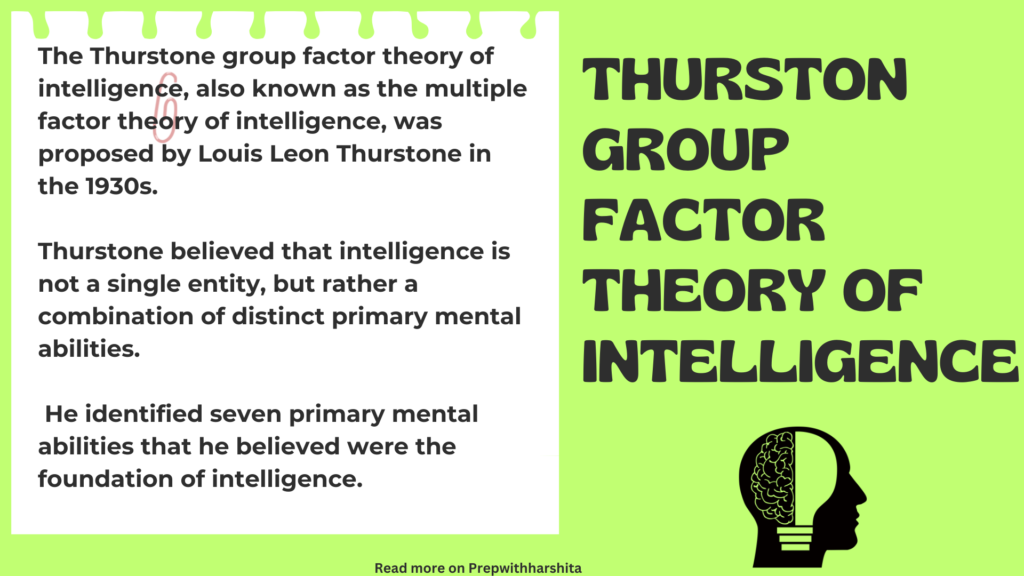
Also visit : Prep with Harshita

